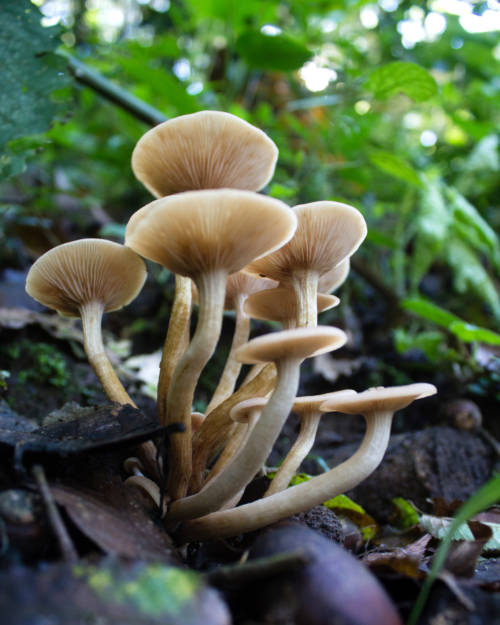Citizen Science: Making Medicine Out of Mud
“Citizen Science” refers to the method of relying on everyday people to collect or analyze data as part of a larger scientific project. With the advent of Internet technology, this method of research– akin to crowd-sourcing– has become more popular than ever before, especially for environmental scientists, whose research often encompasses large areas of land that would otherwise not be feasible to visit. For Lil’ Sprouts, Citizen Science projects offer the chance for accessible, hands-on environmental education in one’s own backyard. Some of the projects we feature are adventurous nature treks while others are more leisurely undertakings– but all encourage exploring nature in one capacity or another.
Below, read our profile of the Natural Products Diversity Group, a team of chemists and medical researchers who are using citizen science to put your garden at the forefront of medical research.
The Natural Products Diversity Group wants your dirt! Working in collaboration with the University of Oklahoma’s Institute for Natural Products Applications and Research Technologies, the Natural Products Diversity Group (NPDG) seeks to find naturally-occurring pharmaceutical compounds.
Motivated by the need for new, more effective medicines to treat human diseases (especially infections and cancers), the NPDG analyzes fungi and bacteria from the dirt samples provided by volunteers and uses it to uncover bioactive compounds. Any compounds isolated are provided to other researchers for non-commercial, experimental use only.
Collecting soil samples is an excellent way to get Lil’ Sprouts exploring the garden from a new perspective. Though flowers and plants are more glamorous and flashy, the dirt they grow out of can be equally exciting (see Sprouts Science below!) and projects like the NPDG’s encourage curiosity, engagement, and exposure to STEM concepts (science, technology, engineering, and mathematics) as they occur outside the classroom. (Plus, it’s a good excuse to get outside!)
Visit the Natural Products Diversity Group’s website to request a soil collection kit (at this time, they are only accepting samples from the United States) and stay up to date on what they’re working on by liking their Facebook page. Then, encourage your Lil’ Sprout to engage with the soil in your own garden or local natural area by having them discover answers to the Sprouts Science questions, below.
Sprouts Science
- What are fungi?
With fall beginning, trees will soon start to shed their leaves–but where do the leaves go once they’re on the ground? As the principal decomposers in ecosystems, fungi (a type of organism) are responsible for breaking down dead plants and animals. They make organic matter useable for other organisms (like plants and trees). In gardens, they can also help soil retain water and nutrients, making dirt more hospitable to whatever is growing there. But you may know them from dinner, in the form of mushrooms! Mold is another form of fungi, as is yeast (which is used to bake bread).
Estimates suggest we’ve discovered only 5% of the world’s fungi– there could be fungi that’s never been seen before living in your own backyard!
- What are bacteria?
Bacteria are a type of microorganism and are one of the oldest life forms on Earth. They can live in almost any environment (ocean, volcanoes, arctic snow, your house) and come in many different shapes (round, rod, spirals). Like fungi, they are important part of a healthy garden. Bacteria work with fungi to recycle nutrients in the dirt, turning compounds into energy and fertilizing soil. Like fungi, bacteria can also be found on your plate, since it is used to make yogurt, chocolate, sourdough bread, vinegar, soy sauce, cheese, pickles, and many other tasty foods.
Visit GC’s Lil’ Sprouts Section for more Citizen Science Projects.




































